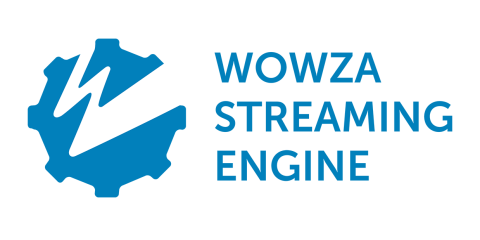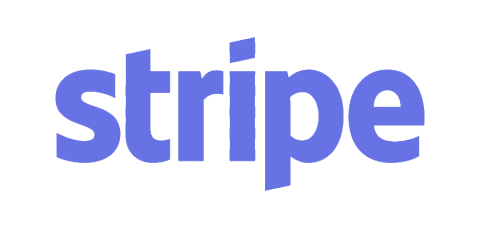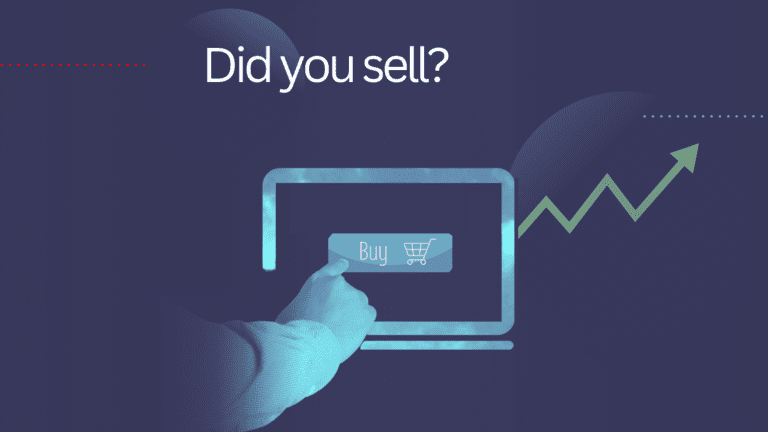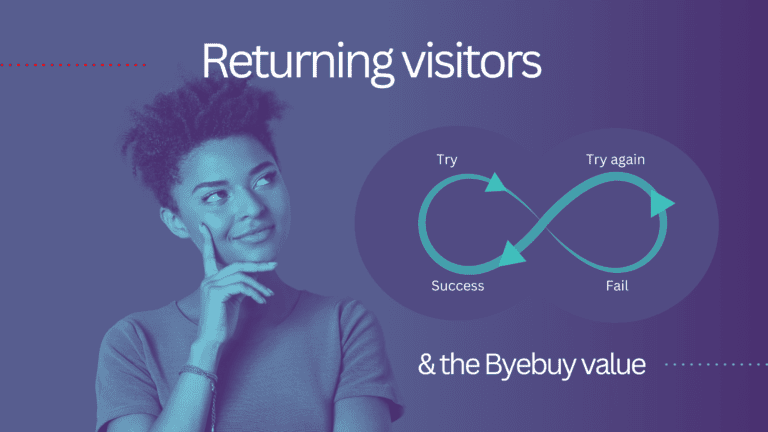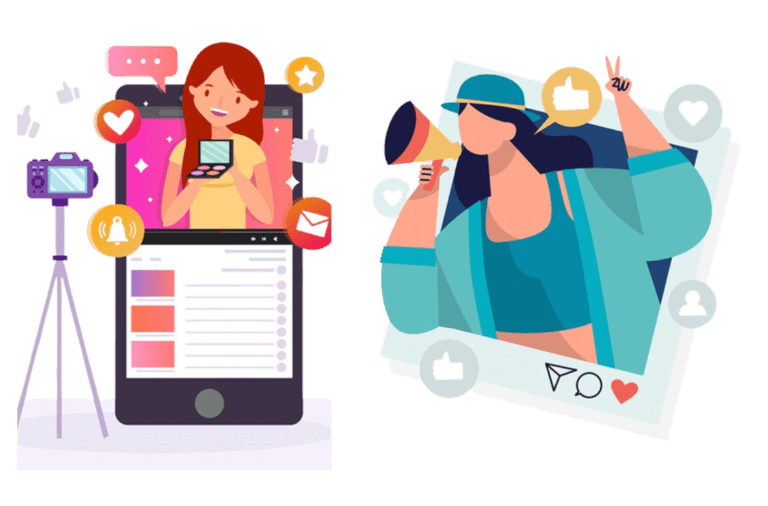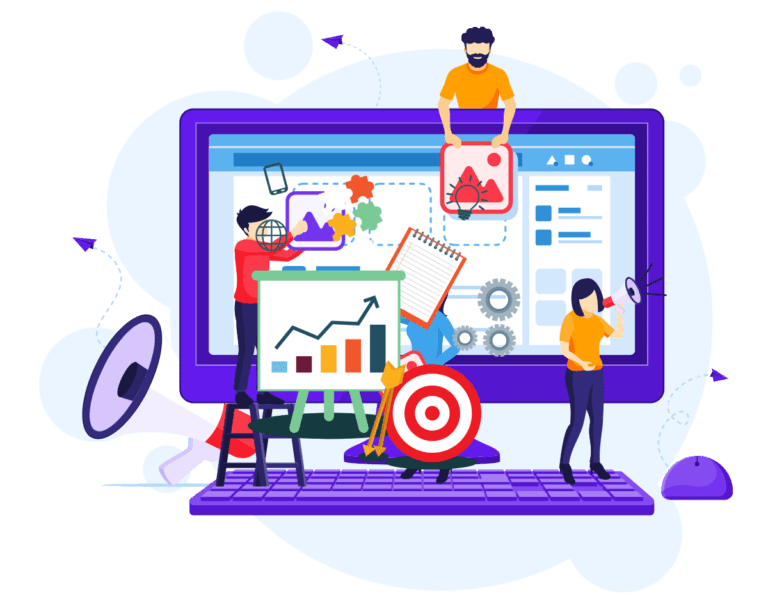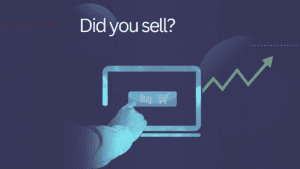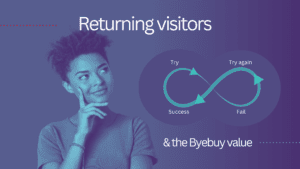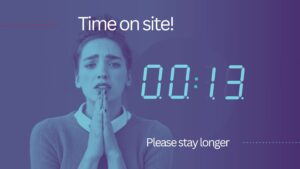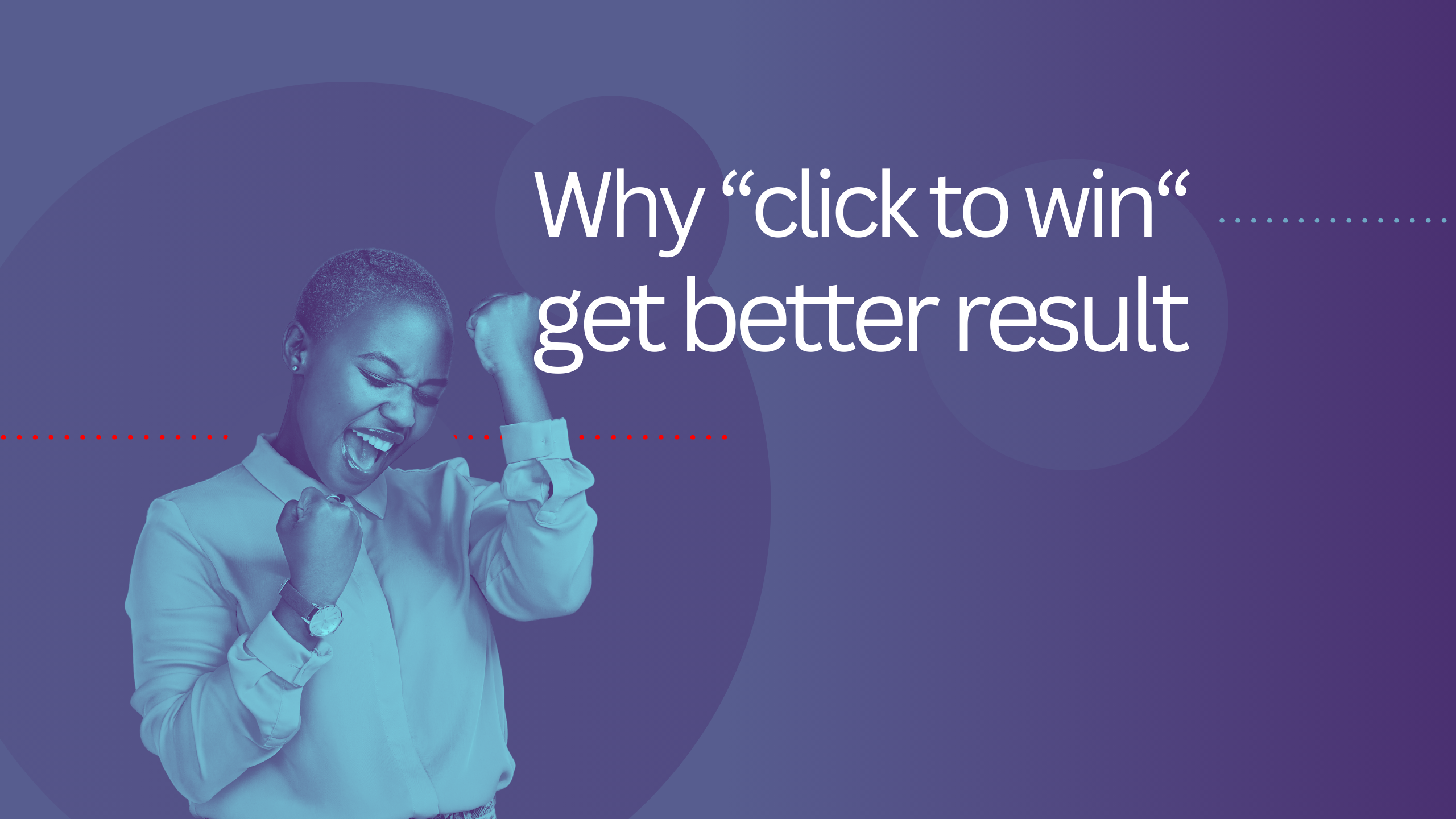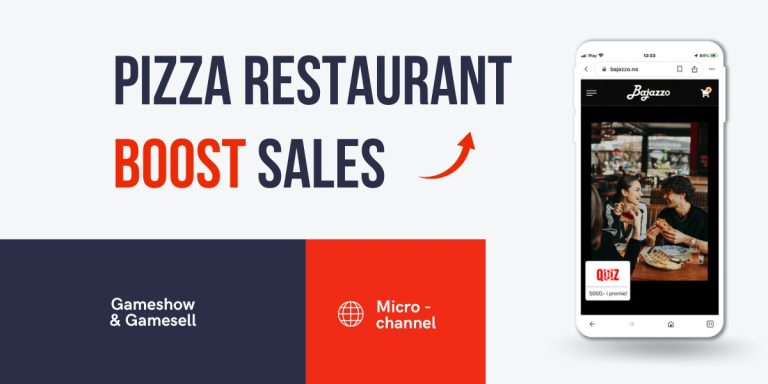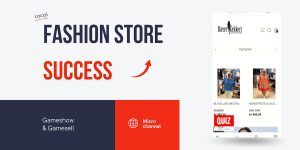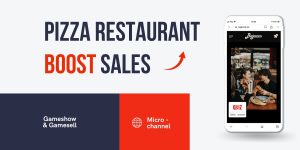The effectiveness of “Click to win” over “Click to get”
The effectiveness of “Click to win” over “Click to get”
The effectiveness of "Click to win" over "Click to get"
In the ever-evolving landscape of digital marketing, the specific language used in call-to-action (CTA) buttons can dramatically affect user engagement and conversion rates.
Among the various options, two common phrases—”Click to win” and “Click to get”—appear frequently. Though they might seem similar at first glance, these phrases tap into different psychological triggers, leading to varying levels of effectiveness.
In this article
Supported by various psychological principles
The effectiveness of "Click to win" over "Click to get"
The effectiveness of “Click to win” over “Click to get” is supported by various psychological principles. These include operant conditioning, the scarcity principle, loss aversion, affective forecasting, and gamification.
These concepts collectively suggest that the former ad is more likely to capture attention and drive engagement due to its appeal to deeper psychological motivations.
You get better of with the effectiveness of “Click to win” over “Click to get”
- Gambling and Reward Theory: Operant Conditioning: B.F. Skinner’s theory of operant conditioning suggests that variable rewards are more engaging than fixed rewards. The idea of “winning” introduces a variable reward, similar to gambling, which is known to be highly engaging and motivating because it activates the brain’s reward system unpredictable and can actually trigger the release of dopamine.
- Scarcity: The word “win” suggests that the discount could be limited or involve a competition, making it appear more scarce and desirable. This ties into the to Scarcity Principle: Introduced by Robert Cialdini in his book “Influence: The Psychology of Persuasion,”
- Urgency: Adding an element of urgency (like the chance to win) can prompt quicker decision-making and action. This is supported by various studies in consumer psychology which show that urgency can increase conversion rates.
- Loss Aversion: Daniel Kahneman and Amos Tversky’s prospect theory suggests that people are more motivated to avoid losses than to acquire equivalent gains. The fear of losing out on a chance to win a discount can drive action more effectively than the straightforward acquisition of a discount.
- Endowment Effect: Winning something can create a sense of ownership or endowment even before the reward is received, making the prospect more attractive.
- Emotional Appeal: Affective Forecasting: Studies in psychology show that people often base their decisions on predicted emotional outcomes. The excitement and positive emotions associated with winning are more likely to influence behavior than the neutral act of getting.
- Positive Reinforcement: The idea of winning provides a form of positive reinforcement, making the action of clicking on the ad more appealing.
- Game Theory: Incorporating game-like elements (such as the chance to win) into non-game contexts can increase engagement. This is because gamification taps into people’s natural desires for competition, achievement, and status.
The effectiveness of "Click to win" over "Click to get"
Practical Implications
Multiple studies and real-world marketing tests support the idea that dynamic and engaging language in CTAs can lead to higher engagement. For instance, Marketing Experiments have shown that action-oriented language can significantly increase click-through rates (CTR).
Although we have limited specific data directly comparing “win” and “get,” the underlying psychological principles clearly explain why “win” is more effective in marketing contexts.
What about after the click?
More of the effectiveness of "Click to win" over "Click to get"
More of the effectiveness of “Click to win” over “Click to get”
But again this is only about reach out and generating clicks. And that’s actually the easy part. The hard parts are the ones to follow “Attention span” and the “closure”. And if you want to use the phrase “you can win” or not, you have to be able to deliver.
So in order to generate sales you need to deliver in all three phases, the ones we are referring to as basics of the sales success, – Reach out, Attention and close.
With Byebuy you don’t have to worry what happens after the click! Or what do you think of these result?
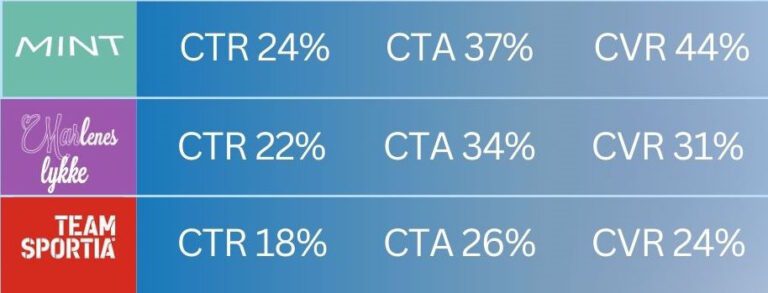
Byebuy pricing model
You get better of with the effectiveness of “Click to win” over “Click to get”
Everyone using Byebuy knows that there’s a better alternative. With Byebuy you get the clicks for free.
You pay for the leads ($0.2) and conversion ($0.2. How’s that for a comparison?
Are you interested? Register today for your free account.
Book a meeting and we will explain how it works. Perhaps you will even get first campaign for free!

